Both sublimation printing and inkjet printing are very popular methods of printing photos and graphics, with a wide range of both sublimation printers and inkjet printers currently on the market.
You want to be sure that you choose the correct printer and ink for your printing, but it is not necessarily obvious what the advantages and disadvantages are of dye sublimation vs inkjet.
This article covers the difference between sublimation printers and inkjet printers, and will help you understand which is best for your needs.
Sublimation Printer vs Inkjet
The basic difference between sublimation vs inkjet is that sublimation printers use heat to transfer ink from a ribbon to a paper or substrate, while inkjets direct microscopic drops of ink directly onto the paper.
Sublimation creates a continuous-tone with a fade-free image that is resistant to water damage, although one that can be lacking in color saturation, and is better suited for graphics printing.
Inkjets create a higher quality image, but with less flexibility of printing medium and are overall less robust.
So comparing a sublimation printer vs inkjet printer for photography, inkjets are the preferred option for wall art, as the resulting print is visually much more appealing.
If you are more interested in creating small snapshots to be shared around friends and family, then sublimation is ideal due to its robustness and ability to be used on many different media.
Read More:
Advantages & Disadvantages of Sublimation Printing
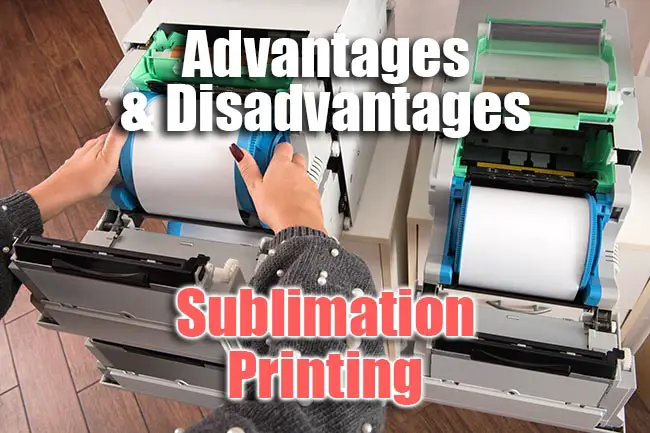
Dye sublimation printing has a number of advantages that are particularly useful for those printing graphics.
What are the Advantages of Sublimation Printing?
- Small Printer Size – because they use heat to transfer ink from a ribbon onto paper, they take up far less space than a printer with a print head.
- Ease of Use – portable photo printers that use sublimation are designed to have a very basic, simple interface.
- Continuous Colors – because there are no dots of ink, there is the potential for a continuous color tone without banding, although in practice this is limited by the number of inks.
- Fade-Free – because the ink is impregnated in the medium, it is much less resistant to fading than comparable inkjet prints – decades of fade resistance is quoted by some manufacturers.
- No Drying Time – prints are instantly dry and smudge-free.
- Print Media – sublimation prints can be made on a wide-range of non-traditional media like t-shirts and mugs, although photo prints are much more limited in the photo papers to which they can be printed.
What are the Disadvantages of Sublimation Printing?
- Proprietary Inks and Papers – you are often only able to use the ink cartridge and papers as provided by a manufacturer, as others are not compatible.
- Increased Cost per Print – due to the lack of competition, you will often end up paying more per print.
- Speed – sublimation is slower than inkjets due to the time it takes to heat the ink appropriately for transfer to the print medium.
- Lower Image Quality – photo prints from sublimation are overall of lower image quality than inkjet, although are certainly good enough for smaller prints.
Advantages & Disadvantages of Inkjet Printing
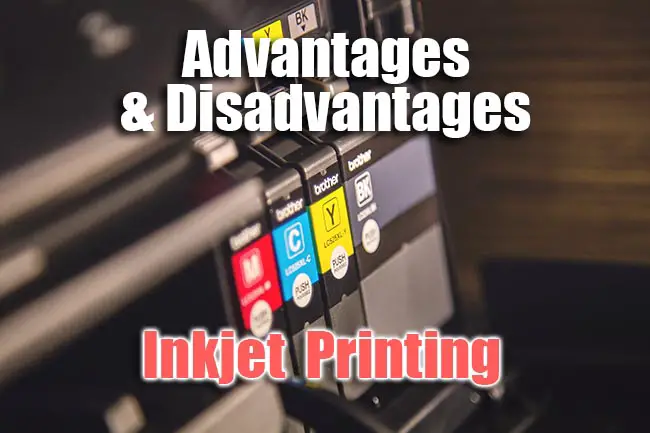
Inkjet printers are preferred by most photographers, as they offer an overall better image quality, plus a wider choice of photo paper.
Inkjet Printer Advantages
- Higher Image Quality – photos look notably better on higher-end inkjet printers, due to the vast amount of inks they possess, although cheaper inkjets are often comparable to dye sublimation.
- Wider Range of Papers – inkjets can use a wider range of photo papers than sublimation printers, although cannot easily print on t-shirts and the like.
- Ink Efficiency – inkjets are better at preserving their inks, with cartridges lasting longer.
- Lower Cost per Print – with a wide range of generic ink cartridges and papers available, running costs are lower.
- Larger Print Sizes – if you are printing wall art, then inkjets dominate this area as they can produce prints at a massive scale.
Inkjet Printer Disadvantages
- Fading – prints are more susceptible to fading if not looked after, unless you use pigment based inks.
- Drying Time – if you are not careful, it is possible to smudge inkjet prints.
- Only Photo Paper – inkjets are really only used for printing directly to photo paper, whereas sublimation can also be used to transfer images to other objects.
Zink vs Dye Sublimation
If you are wanting to print images at a very small size, such as 2×3 inches, then Zink technology also becomes a possbility.
Zink is similar to dye sublimation in that the photo paper is heated, but in this case the ink is already contained within the print, with the heat developing it in a similar way to that of developing a negative.
Comparing Zink vs dye sublimation, Zink is ideal for those wanting small prints in a cheap, portable photo printer, while sublimation offers better image quality, but in a less portable, more bulky printer.
Is Dye Sublimation or Inkjet Best for Photos?
There are clear pluses and minuses for both dye sublimation and inkjet printing.
In an ideal world, you would use inkjets for printing photos, as the overall image quality is so much higher, and you get the option to print at much larger sizes than sublimation can support.
But sublimation has its place in creating smaller snapshots, particularly at an event where you want to produce photos on the fly, without having to take your photos home to print out.
Read More:
What’s the cheapest sublimation printer?
What’s the best sublimation printer for beginners?

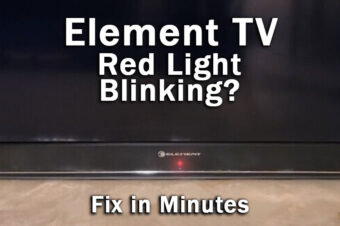


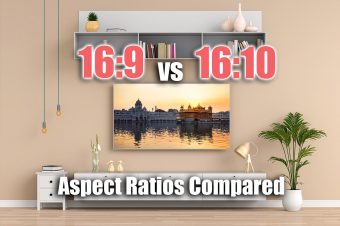
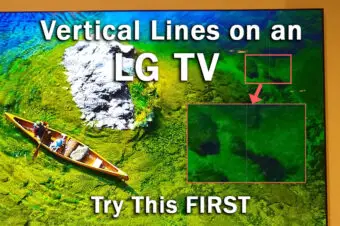
Leave a Reply